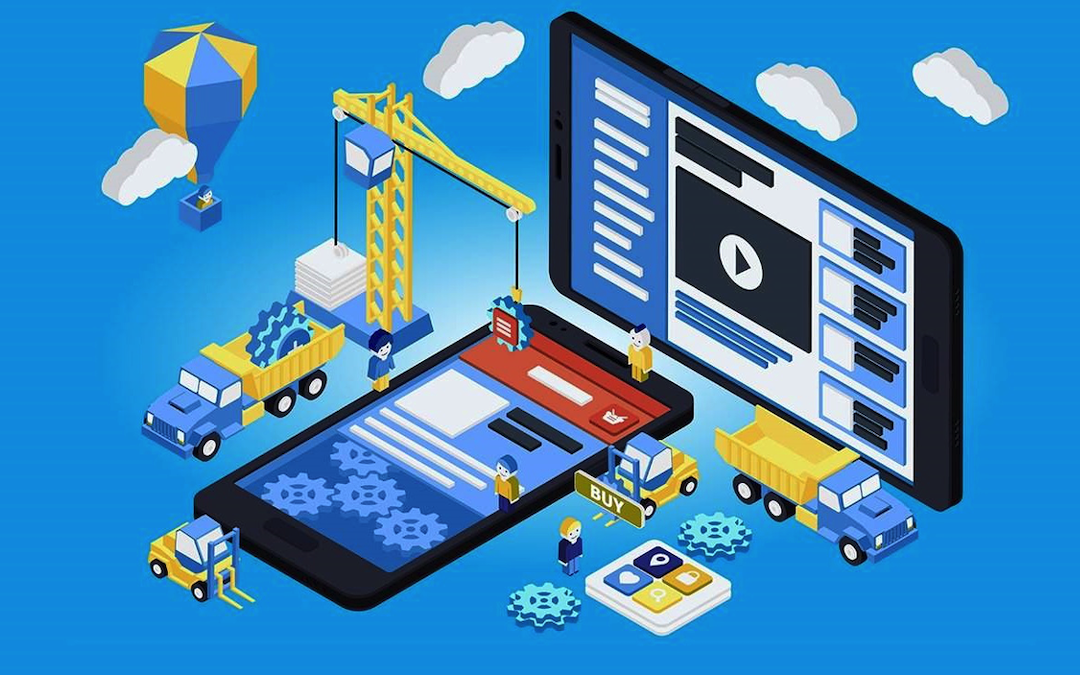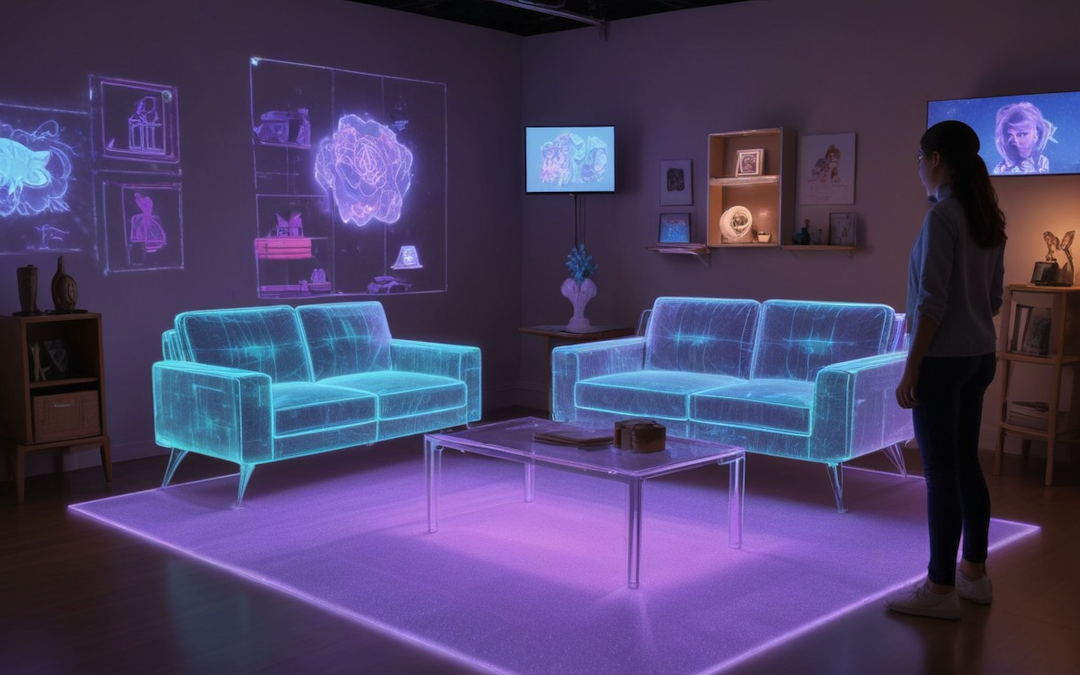
Optimizing 3D models for mobile and web applications is crucial for ensuring they perform well across various devices, especially in mobile and web applications. The process involves simplifying the model while retaining its visual quality. Key aspects include reducing polygon count, which minimizes computational load and enhances rendering speed. Efficient texture mapping is also essential; using lower-resolution textures and compressing them can significantly improve performance without compromising appearance. Additionally, implementing Level of Detail (LOD) techniques allows models to adjust complexity based on the viewer's distance, optimizing resource usage. Understanding these basics helps in creating smoother, faster experiences, making your 3D content more accessible and engaging across different platforms.
Importance Of Level Of Detail (LOD) For Performance
Level of Detail (LOD) is a vital technique for optimizing 3D models, especially in performance-sensitive applications like mobile and web platforms. LOD involves creating multiple versions of a model at varying levels of detail. As the model moves further away from the viewer, the system switches to a simpler version, reducing the number of polygons and textures that need to be rendered. This approach significantly decreases the computational load and enhances rendering speed, making it crucial for maintaining smooth performance. By minimizing the detail for distant objects, LOD helps to manage resources efficiently and ensures that high-resolution assets are only used when necessary. This technique not only improves frame rates but also reduces memory usage and processing power, leading to a more responsive and fluid user experience. Integrating LOD effectively can make a substantial difference in the performance of 3D applications across different devices.
Techniques For Reducing Polygon Count
Reducing polygon count is essential for optimizing 3D modeling services to ensure smooth performance on mobile and web platforms. One effective technique is mesh simplification, which involves using algorithms to reduce the number of polygons while preserving the model's overall shape and details. Decimation is another method that simplifies a model by decreasing its polygon count in a controlled manner, balancing between detail and performance. Normal mapping can also be used to create the illusion of more complex surfaces without increasing the actual polygon count; it adds detailed textures and shading to a low-polygon model. Retopology involves creating a new, optimized mesh over the original model to ensure better performance and animation capabilities. Implementing these techniques helps manage computational resources, reduces rendering times, and improves the user experience by ensuring that 3D models perform efficiently across various devices.
Efficient Texture Mapping And Compression
Efficient texture mapping and compression are critical for optimizing 3D models, especially for mobile and web applications. Texture mapping involves applying images (textures) to 3D models to give them detailed appearances. To optimize this, UV mapping should be carefully managed to ensure textures are properly aligned and minimize waste. Texture atlases are useful for combining multiple textures into a single image, reducing the number of texture swaps during rendering and improving performance. Texture compression techniques, such as JPEG, PNG, or DDS formats, reduce file sizes while maintaining acceptable quality. Compression methods like MIP mapping further enhance efficiency by using lower-resolution textures for distant objects. These practices reduce memory usage and load times, leading to smoother performance and faster rendering. Properly optimized textures ensure that your 3D models look great and perform well across various devices and platforms, enhancing the overall user experience.
Optimizing 3D Models For Mobile Platforms
Optimizing 3D models for mobile platforms involves addressing performance constraints unique to mobile devices. Mobile GPUs and processors often have less power than their desktop counterparts, so reducing the complexity of models is essential. Start by reducing polygon count to minimize processing demands and ensure smoother rendering. Efficient texture management is also crucial; use lower-resolution textures where possible and employ compression techniques to reduce file sizes. Implement Level of Detail (LOD) to adjust model complexity based on distance from the camera, which conserves resources and improves performance. Additionally, ensure that models are optimized for different screen sizes and orientations, accommodating various device specifications. Profiling tools can aid in identifying performance blockages and guide further optimizations. By applying these practices, you can enhance the visual quality and responsiveness of 3D models on mobile devices, ensuring a more engaging and efficient user experience.
Best Practices For Web-Based 3D Model Rendering
Rendering 3D models on the web requires attention to both performance and compatibility to deliver a smooth user experience. Start with efficient geometry by reducing polygon count and using mesh simplification techniques. Optimize textures by applying appropriate compression and using texture atlases to minimize the number of texture files loaded. Implement Level of Detail (LOD) to ensure that simpler models are used when objects are distant, which conserves processing power and bandwidth. Utilize WebGL or Three.js frameworks, which offer optimized libraries and tools for rendering 3D graphics efficiently in the browser. Additionally, modern file formats like glTF should be considered for their efficient encoding and support for real-time applications. Minimize draw calls by combining meshes and textures, which reduces the overhead on the GPU. Regularly test performance across different browsers and devices to ensure compatibility and smoothness. Following these best practices helps deliver a seamless and engaging web-based 3D experience.
Utilizing WebGL And Three.js For Optimization
WebGL and Three.js are powerful tools for optimizing 3D models in web applications. WebGL, a JavaScript API, enables rendering 3D graphics directly within web browsers, leveraging GPU acceleration for improved performance. To optimize models for WebGL, reduce polygon counts, compress textures, and utilize efficient shaders. Three.js, a high-level library built on top of WebGL, simplifies many complex tasks, making it easier to create and manage 3D scenes. It includes features like geometry optimization, automatic LOD management, and texture atlases, which streamline the rendering process and enhance performance. Additionally, Three.js supports various optimization techniques such as instancing for rendering multiple objects efficiently and efficient culling to avoid rendering objects outside the camera view. Combining these tools allows developers to build high-performance, visually appealing 3D experiences on the web. Regular profiling and testing can further ensure that applications run smoothly across different browsers and devices.
Testing And Debugging 3D Models Across Devices
Testing and debugging 3D models across various devices is crucial to ensure consistent performance and visual quality. Cross-platform testing involves checking models on different devices and screen sizes to specify and handle any performance issues or visual discrepancies. Profiling tools can help measure frame rates and identify bottlenecks, such as high polygon counts or inefficient textures, that impact performance. Utilize device emulators and physical devices to test the models in real-world scenarios. Debugging tools provided by frameworks like Three.js or WebGL can assist in diagnosing rendering issues and optimizing resource usage. Additionally, performance monitoring tools can track memory usage and CPU/GPU load, helping to pinpoint areas for improvement. Regularly update and test models as new devices and browsers are released to ensure ongoing compatibility and performance. Effective testing and debugging ensure that 3D models get a smooth and inviting user experience across a wide range of devices and platforms.
Conclusion
Optimizing 3D models for mobile and web applications is essential for delivering smooth, high-performance experiences. By focusing on techniques such as reducing polygon counts, efficient texture mapping, and implementing Level of Detail (LOD), you can significantly enhance both visual quality and performance. Utilizing tools like WebGL and Three.js and rigorously testing across various devices ensures compatibility and responsiveness. Enforcing these best practices will usher in more engaging and efficient 3D applications, improving user satisfaction and making your 3D content accessible and enjoyable across diverse platforms.
Related Posts
Share this post
Leave a comment
All comments are moderated. Spammy and bot submitted comments are deleted. Please submit the comments that are helpful to others, and we'll approve your comments. A comment that includes outbound link will only be approved if the content is relevant to the topic, and has some value to our readers.


Comments (0)
No comment